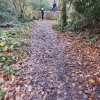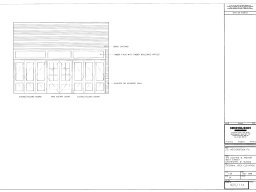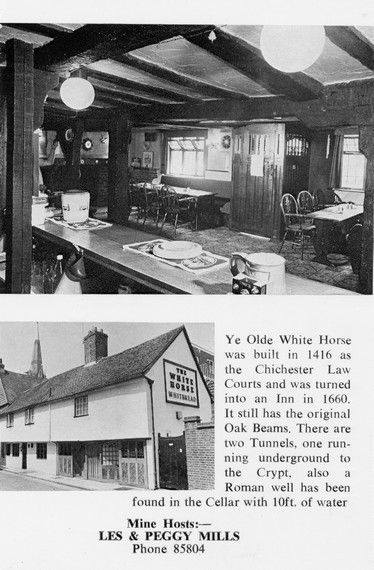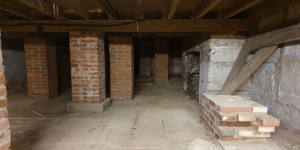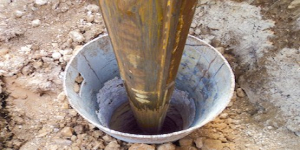Random articles of interest
Why build a cellar

First, there are no maps in the presentation to hidden tunnels , all information is in the public domain and if we get distracted during our searches that is only natural.
I will try and make this as interesting as possible and we will not be getting our boots dirty.
Why have a cellar?
Having a cellar was actually quite an expensive and a time consuming affair. Most people didn't. There was no point unless there was something to store or servants to hide.
Brandy Hole caving session

From trying to locate the areas marked on the old maps as smugglers or roman caves at the approc following locations. Our team tried to take photos as best we could.
su 85228 06608 50.8527, -0.7906
su 85255 06596 50.8526, -0.7902
su 85249 06577 50.8524, -0.7903
su 85248 06565 50.8523, -0.7903
su 85329 06661 50.8532, -0.7892
su 85359 06657 50.8531, -0.7887
White Horse / Prezzo
Max T
I recall that there is a short length of tunnel (blocked off at both ends) under the old White Horse pub in South St. (now Prezzo restaurant, since 2005). Story in the pub was that it was part of a tunnel running from the Cathedral up to the Guildhall in Priory Park. Although the tunnel is there, I was never sure of its true purpose or the truth of its start / finish. Thought that it was worth mentioning it on here though.
Chichester Culverts
We do not suggest going into the culverts.
These are not classified as tunnels and can be dangerous
video of culverts/storm drains/winterbourne route
Map of Chichester showing Rivers
www.streetmap.co.uk\\/map.srf?x=486359&y=104953&z=120&sv=chichester&st=3&tl=Map%20of%20Chichester%2C%20West%20Sussex%20[City%2FLarge%20Town]&searchp=ids.srf&mapp=map.srf&fbclid=IwAR2IV7YUeQ8u_GBTHRE24fSpUvVRwu5CpZxdPt1fs_injtw73WMxXbTQ25s
summeerdale football
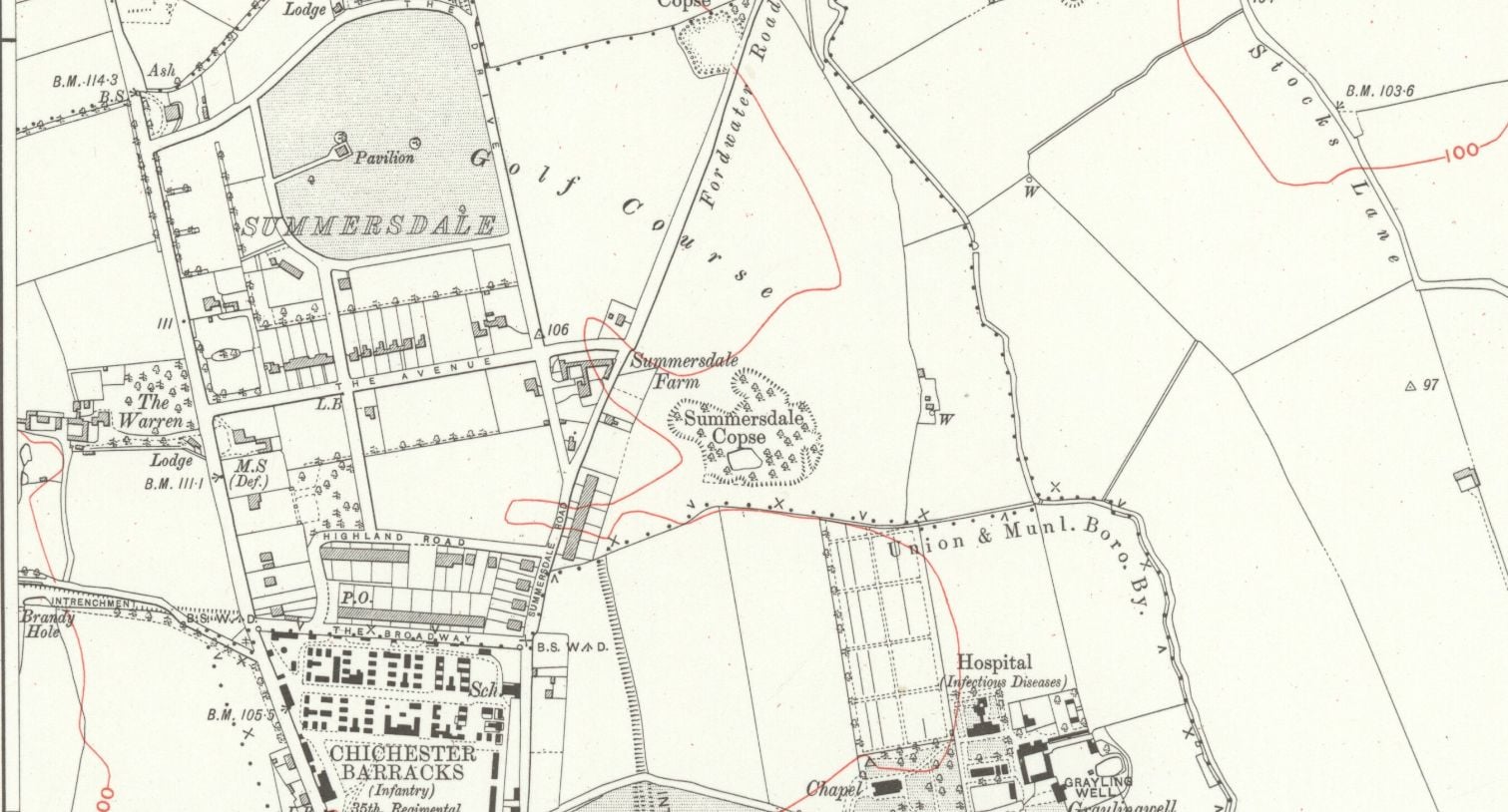
summeerdale football ,I have an update on the old newspaper article relating to Summersdale and the tunnel found under a football pitch. I sent an email to the Summersdale Residents Association, and they were extremely helpful with one of the members being able to identify a location for the site of the pitch. Looking at some old maps and combining the documents from Liam Mandville
regarding subsidence etc. the area between The Avenue and Highland Road (on the Eastern side), does fit well as to the location. Many of the properties built on this site have substantial gardens so there may still be something to find that could explain what was found by the groundkeeper all those years ago? ,5f6f8e5fb6881-116345275_10157348686446892_326855352233187857_n.jpg,5f6f8e5fb7b45-116168775_10157348685396892_1033817068655264665_n.jpg
where are the tunnels?

Are you curious about the tunnels in Chichester? If you are, you are not alone. Many people have wondered about the existence and purpose of these underground passages that are said to run under the city. Some claim they have seen them, others have heard stories about them, but what is the truth behind the mystery?
In this blog post, I will try to shed some light on the tunnels in Chichester, based on some web searches and historical sources. I will also share some of the rumours and legends that surround them, and invite you to share your own experiences or opinions in the comments section.
What are the tunnels in Chichester?
The tunnels in Chichester are a network of underground passages that are believed to date back to Roman times or earlier. They are said to follow the old foundations of the Roman wall on the east side of the city centre, and to connect various buildings and landmarks, such as the cathedral, the market cross, and the crypt.
The tunnels have been rumoured to serve different purposes over time, such as smuggling routes, secret passages for clergy, hiding places during the Reformation, or escape routes during wars or invasions. Some people also think that poet John Keats used the tunnels for inspiration when he wrote The Eve of St Agnes in Chichester in 1819.
However, there is little concrete evidence to support these claims, and most of them are based on hearsay or speculation. The tunnels have been blocked off or filled in over time, making them inaccessible or invisible to most people. Only a few traces of them remain, such as a blocked-off passage in the cellar of Hansfords Menswear shop, or a dark tunnel under the crypt where a schoolgirl claimed to have visited in the 1940s.
What do experts say about the tunnels?
The existence and origin of the tunnels in Chichester have been a subject of interest for archaeologists and historians for many years. However, they have not been able to confirm or deny their presence or function with certainty.
One of them is Claire Mandville, She has been researching the tunnels in Chichester for a while, and has interviewed several people who claim to have seen or heard about them.
She said: "There's definitely something there but it's hard to say what it is. It could be anything from drainage systems to cellars to actual tunnels. It's possible that some of them were used for smuggling or other purposes but it's hard to prove. I think they are fascinating and I would love to explore them if I could."
Also plans to expand his research and investigations on the tunnels, and to involve more of the local community in his project. She said: "I think it's important to document them before they are lost or forgotten. It's a great way to engage people with their local heritage and culture."
What do you think about the tunnels?
The tunnels in Chichester remain a mystery that intrigues many people. Whether they are real or not, they have inspired stories and legends that add to the charm and character of the city. What do you think about them? Have you ever seen them or heard about them? Do you have any theories or questions about them? Let me know in the comments below!
Summersdale Neighbourhood Character Appraisal
'
Summersdale is an attractive area in the north of Chichester. Spacious
and leafy, the character of the area is now under threat with many houses
on large plots at risk of demolition and re-development. It is an historic
suburb with high quality architecture in street scenes that are worthy of
enlightened protection.
Archaeological Evaluation at Lower Graylingwell, Chichester

Archaeological and Historical Background
2.1.1 An Archaeological Desk-based Assessment was produced for the site in 2014 (AMEC 2015),
and a summary of the key findings are reproduced below.
2.1.2 A small Palaeolithic handaxe was found in an evaluation 150m east of the site. There are no
records of Mesolithic finds within 500m of the site.
2.1.3 Early Neolithic pits containing pottery and flintwork were found at Baxendale Avenue some 150m
south of the site, and four small pits, one containing later Neolithic pottery, during evaluation a
Read more: Archaeological Evaluation at Lower Graylingwell, Chichester
summersdale golf course and mr Stride
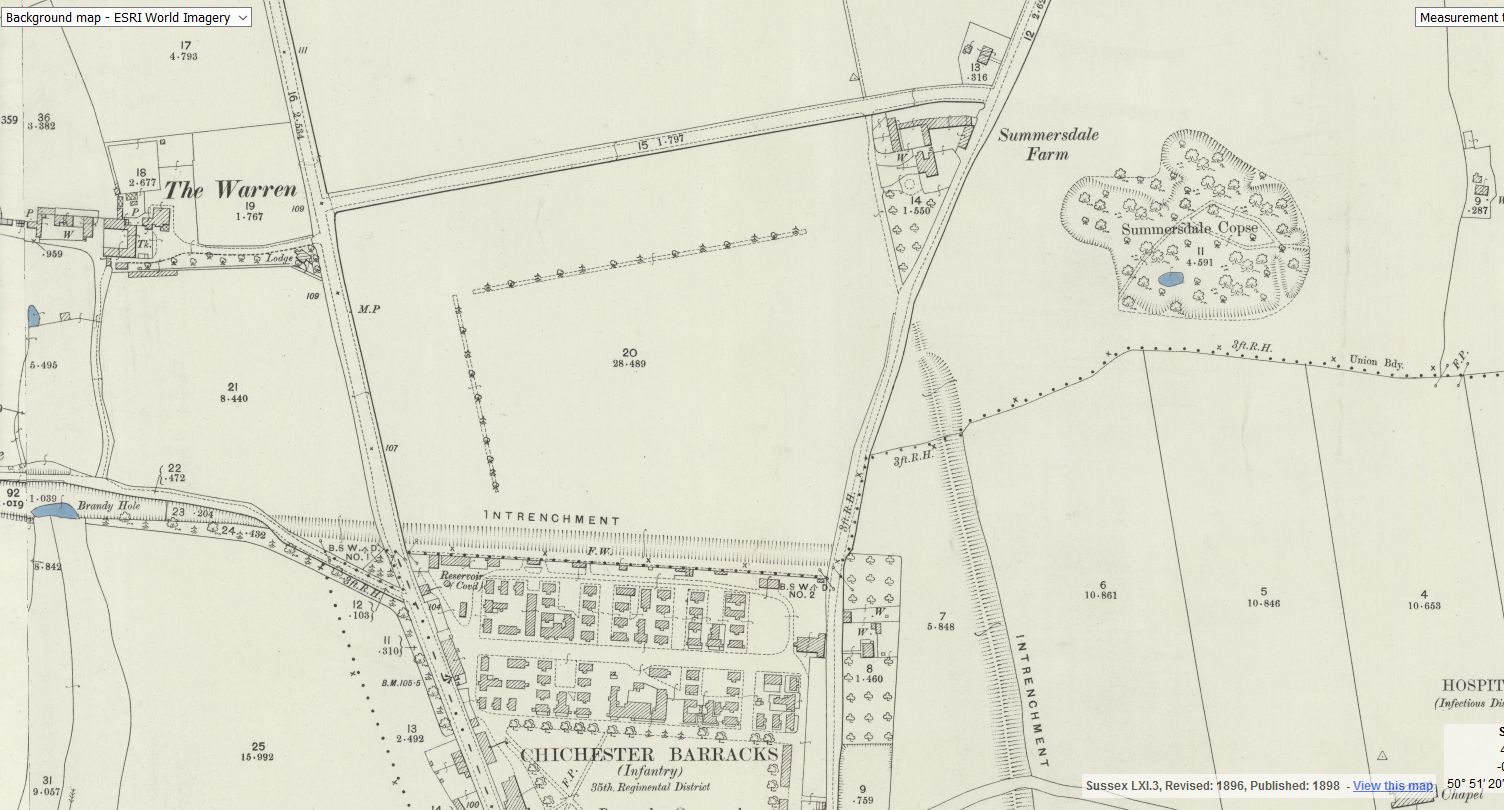
Between The Drive’s western and southern ends, Charles Stride built a private estate in c.1905 which included a nine hole golf course designed by James Braid, a lodge (Uplands), and a mansion (Woodland Place) with tree-lined grounds which, as Rew Lane, was developed in the late 1950s. The golf course was too close to the Goodwood course to be a commercial success and it was given up for gravel extraction immediately prior to the first World War, with a mineral branch line connected later to the Chichester-Midhurst railway.
His golf course and pavilion is mentioned in https://golfsmissinglinks.co.uk/index.php/england/south-east/sussex/851-sus-summersdale-golf-club-chichester
The club was founded in 1904.
